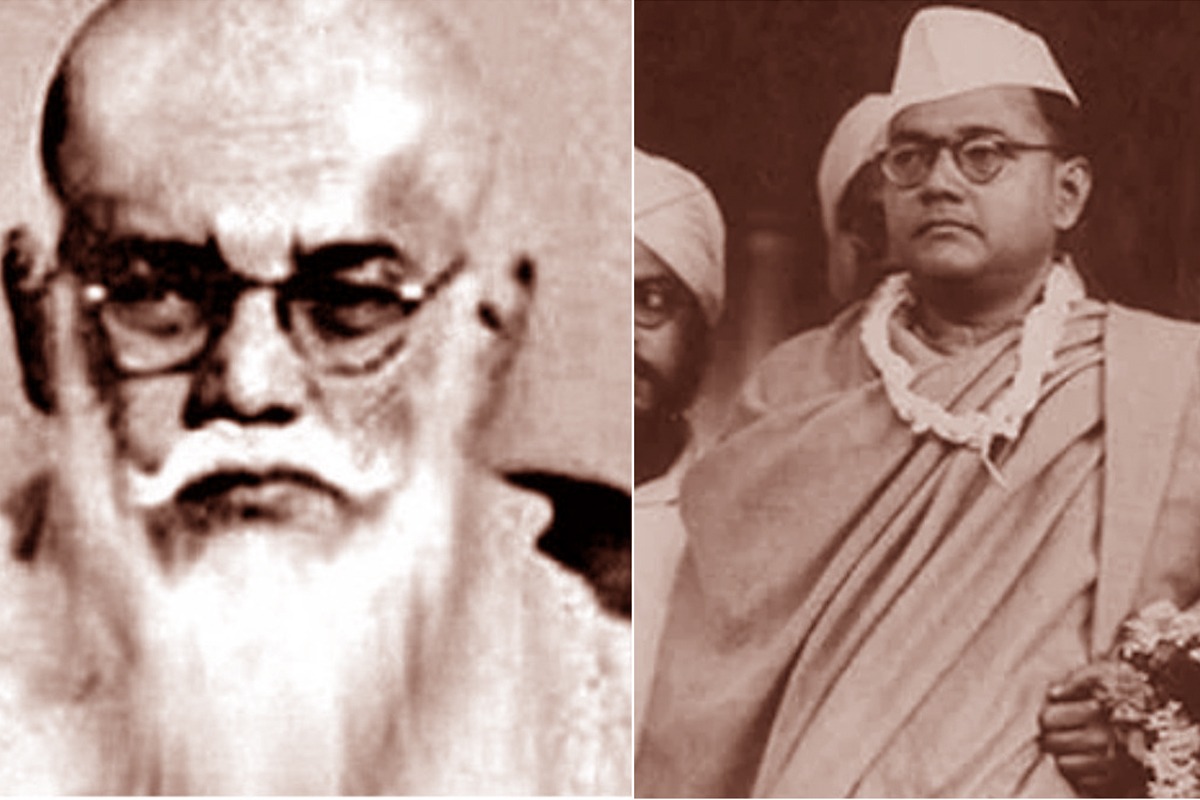An air crash in august 1945 is largely believed to be the event that caused Subhash Chandra Bose’s death. But he has lived on in the minds of his followers as “Gumnami Baba”.
Today as we observe the 126th birth anniversary of India’s beloved leader Netaji Subhas Chandra Bose, also known as Parakram Diwas, it would be a fitting opportunity to revisit the controversy of Gumnami baba and delve into why this great son of mother India continues to be an enigma for his followers even after 78 years after his demise.
The New Indian’s editor-in-chief Aarti Tikoo recorded a tell-all interview with Shakti Singh, chief of Subhash Chandra Bose Rashtriya Vichar Manch in February 2022. It was in his house in Faizabad where Gumnami Baba breathed his last. Singh took a personal interest in unraveling the mystery behind the identity of his guest, who lived in his house for over two years.
“In 1982, a relative of Gumnami Baba came to me and asked for accommodation for him, since Ayodhya was too far for the family to take care of him. Later, we came to know that he had a team of people shifting him from one place to another the moment the stories about him being Bose raised suspicions about his identity,” he said.
Gumnami Baba died on September 16, 1985, and was cremated at Guptar Ghat (Ayodhya) on September 18, 1985.
Netaji’s niece Lalita Bose visited Singh’s residence to verify the rumours. While rummaging through Gumnami Baba’s belongings, Lalita found some documents that supposedly gave credence to these unverified reports, says Singh.
It was on Singh and Lalita Bose’s petitions that the Allahabad High Court directed the state government to display Gumnami baba’s possessions in a museum and set up a commission of inquiry to ascertain his identity.
In 2019, the Justice (retired) Vishnu Sahai Commission which looked into the mysterious death of Netaji concluded that the Gumnami Baba alias Bhagwanji was not freedom fighter Netaji Subhas Chandra Bose. Explaining the cause of the mix-up, the commission stated that Gumnami Baba was Netaji’s follower and his voice had a close resemblance to that of Bose.
Who was Gumani Baba then?
The commission revealed many interesting facts about Bose’s followers. He had a fondness for music, cigar, and good food. His voice had a certain quality of firmness and authority.
Like Bose, the commission revealed that he was a Bengali, and proficient in Bengali, English, and Hindi. He also had a deep understanding of war and current political developments.
Gumnami Baba wanted to live a life of anonymity and didn’t want any attention. Sahai revealed that he was the kind of person who would choose death over attention.
He kept changing places several times within Ayodhya. Sometimes he changed cities as well, to remain anonymous. One of his landlords took him twice to the Faizabad Civil Court to ascertain his identity.
Sahai commission checked his items left behind in Faizabad, where Gumnami Baba lived till his death, and could not establish him to be Bose.
The one-member Justice Sahai inquiry commission was set up to identify Gumnami Baba as per the order of Allahabad High Court under provisions of the Commission of Inquiry Act 1952 on June 28, 2016. The report was submitted on September 19, 2017.
Despite the commission’s report, the legend of Gumnami Baba being Bose lives on.

